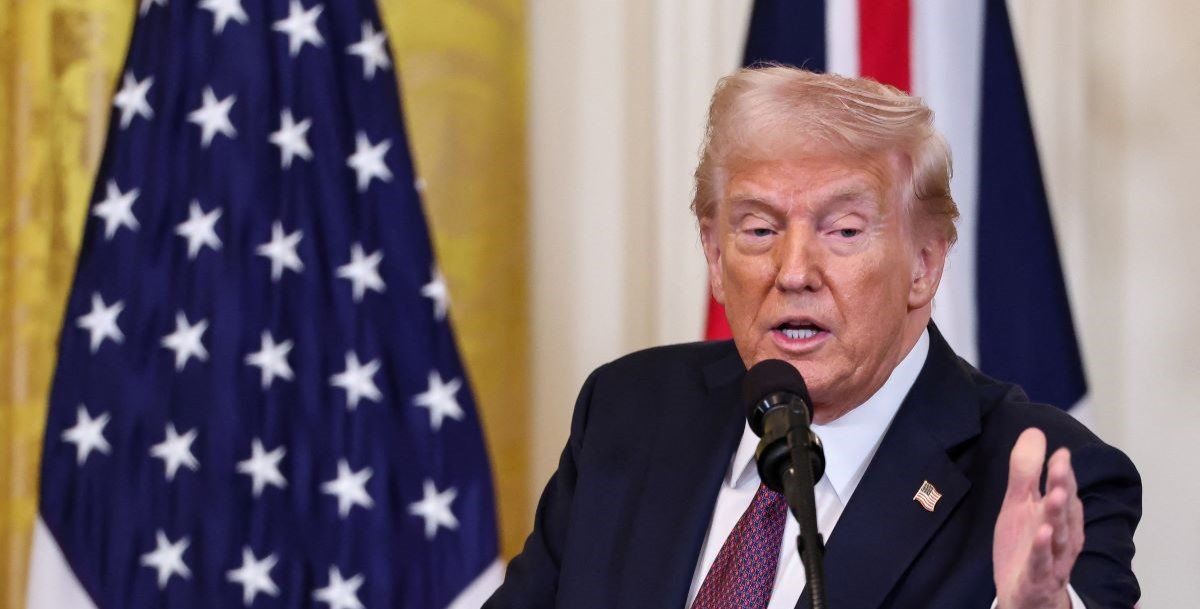U.S. President Donald Trump attends a press conference with British Prime Minister Keir Starmer (not pictured) at the White House in Washington, D.C., U.S., February 27, 2025.
US President Donald Trump announced Thursday thata 25% tariff on Mexican and Canadian goods will take effect on March 4, reversing comments made one day earlier that suggesteda delay until April.
Why the change? Commerce Secretary Howard Lutnicksaid last month that if the two countries made progress on border security, there could be room for negotiation. But Trump claims drugs are still “pouring into our country”and added, “We cannot allow this scourge to continue to harm the USA.” He also blamed China for the flow of fentanyl and announced that he would add an additional 10% tariff on Chinese goods on the same date.
The reality: US border data showsa 97% decline in fentanyl seizures coming from Canada from December to January. In that time, Canada began deploying its $1.3 billion border security package and appointed a fentanyl czar. Canada’s ambassador to the US, Kirsten Hillmann, also noted that illegal migration from Canada dropped by 90% in recent months, a fact that apparently was positively received in Washington.
What’s next? Canadian public safety officials are in Washington, DC, this week to present evidence of Canada’s progress in a last-ditch attempt to keep tariffs at bay. Additional tariffs on steel and aluminum tariffs are due to stack on top of the 25% tariffs starting March 12.
Could things change again? Based on Trump’s previous flip-flops, anything is possible. For now, industries on both sides of the border are preparing for the worst.
